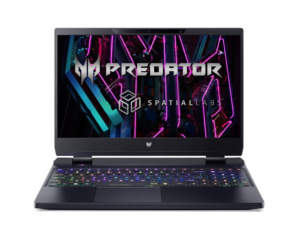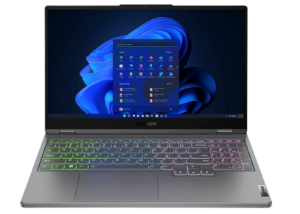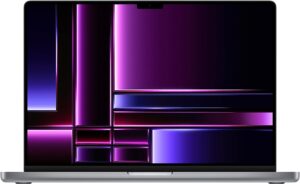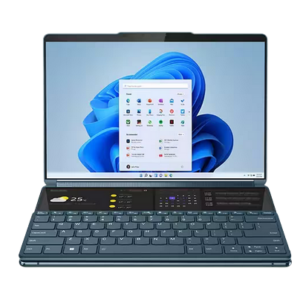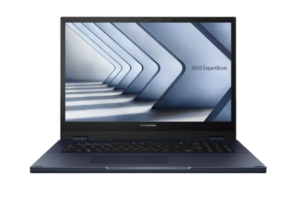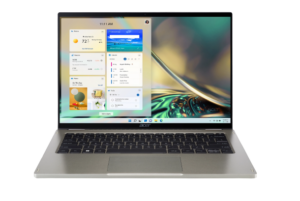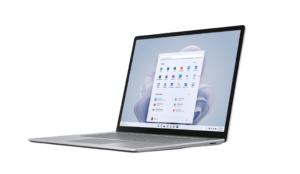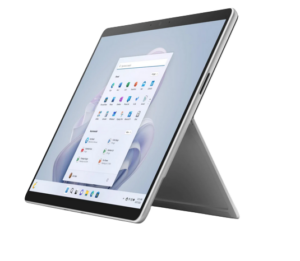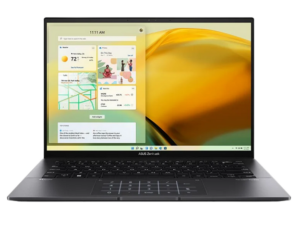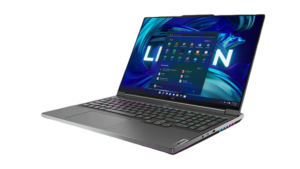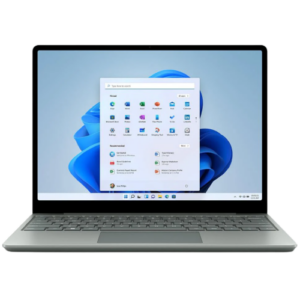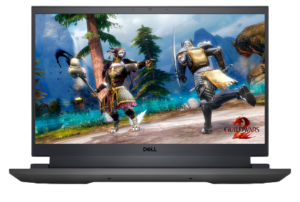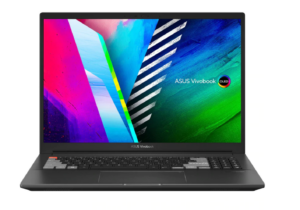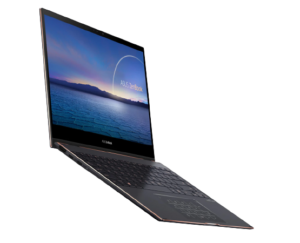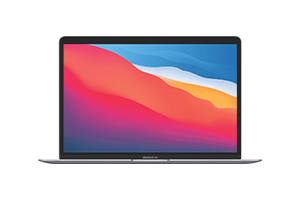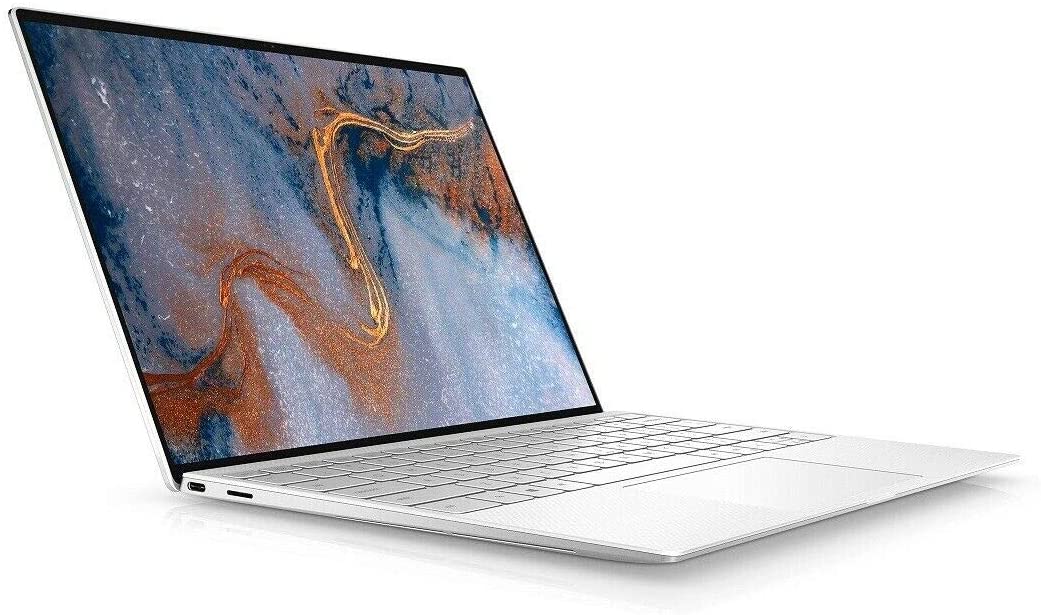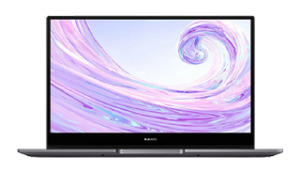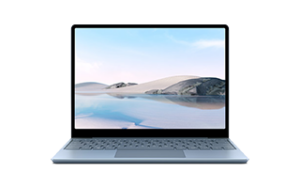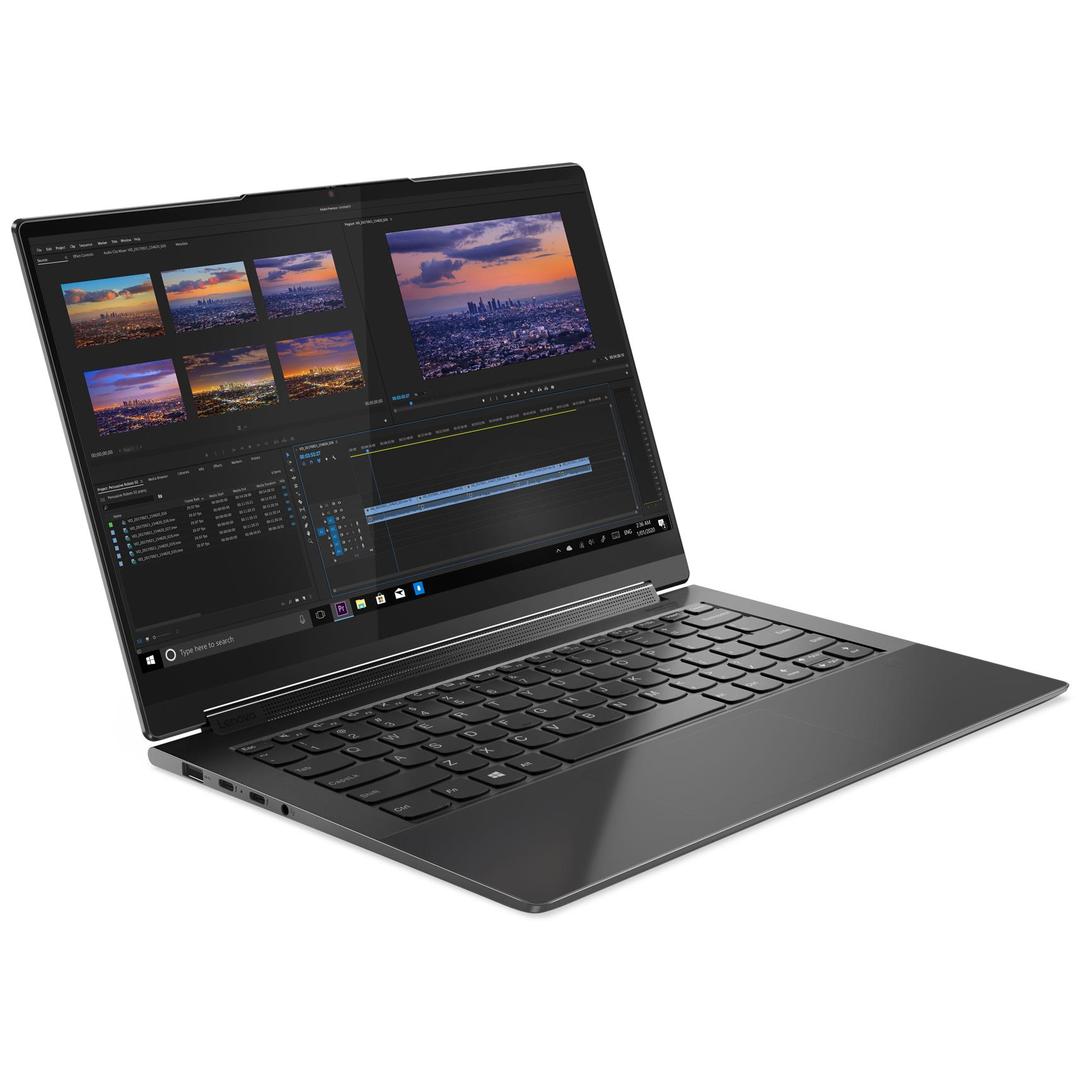Sophisticated design helps elevate respectable performance.
HP Spectre x360 14 (2024) 2-in-1 laptop review: Class act
HP is highlighting its revamped Spectre x360 as a flagbearer for its first wave of AI PCs, but that might be the least interesting thing about it. This feels less like the start of a new era in portable PCs and more like a timely reminder of why HP writ large has had the staying power it has.
Even if the HP Spectre x360 doesn't miss the boat when it comes to leveraging the latest in Intel processors, those specs aren't the drawcard so much as the premium design is. It might have learned a few new tricks, but the core pitch for the Spectre x360 remains intact. It's a quality product that's worth the premium price.

How much does HP Spectre x360 2-in-1 laptop cost in Australia?
In Australia, pricing for the HP Spectre x360 14 starts at $3699.
If you're looking to get thrifty with it and lock in the best bargain Australia's retailers offer when it comes to the HP Spectre x360 14, check out the table below.
Before you make a decision, be sure to read our recommendation for the specs.
HP Spectre X360 14 (2024) laptop - Design and features

The HP Spectre x360 14 doesn't really stray too far from the expectations that come with the brand involved. There are no gimmicks here, but aren't any big innovations either. What you see is very much what you get with this particular 2-in-1 PC.
The HP Spectre x360 is built around a 14-inch OLED touchscreen with a 2.8K resolution, 100% DCI-P3 color and a 120Hz refresh rate. In line with other premium devices, you're looking at razer thin bezels that cut down on unusable pixels and add up to an impressive 89.06% screen-to-body ratio.
Just as much attention to detail has gone into how the HP Spectre x360 sounds as how it looks. There's a DTS:X Ultra quad-speaker setup here that offers a vibrant and detailed soundscape for music and video content that doesn't feel like the kind of compromise that a device with this flexible a form-factor would usually entail.
The HP Spectre x360's symmetrical and hexagonal shape doesn't deviate too far from how you'd want a typical laptop to look and feel but still manages to carve out something of an identity for itself. While the design writ large is relatively thin, there's a definite heft that comes with the aluminum chassis involved. Where other brands are all about the curves, this one embraces the appeal of a sharp angles amid the texture of a sandblasted finish.
The array of ports on the HP Spectre x360 14 echoes this idea of finding flavor in the familiar. The back corners of the unit house a headphone jack and a USB-C port. There's a second one of the latter located on the right hand side, while a more traditional USB-A port can be found on the left.

Storage: The baseline model comes with 1TB. This can be upgraded.
Memory: The baseline model comes with 16GB. This cannot be upgraded.
The HP Spectre x360 14's relatively uniform design is broken up by a pair of hinges. These allow the screen to bend backward on itself up to as much as 360-degrees. That flexibility isn't the fad it once was but nor is it as cleanly executed here as it is elsewhere.
The 2-in-1 form-factor here feels like its been thought out in concert with the raw practicality of the material design. There's a satisfying click to the mechanism completing its circuit and as far as hinges go, I can't think of many laptops out there that offered the same level of rigidity and stability as the one found here. The HP Spectre x360 14 feels less like a machine that's been designed as a showpiece but rather one that's built to handle the physical stress that comes with being folded on a whim.
In line with other modern premium laptops, the HP Spectre x360 14 boasts a larger trackpad and a keyboard with a decent of press to it. These are welcome, even if they aren't all that special or unique.
If you buy a brand-new version of this product, the box will include the following:
- The HP Spectre x360 2-in-1
- Power brick and AC adapter
HP Spectre X360 14 (2024) laptop - Performance and battery life

Under the hood, the HP Spectre x360 is armed with an Intel Core Ultra 7 155H processor, 16GB of RAM and 1TB of PCIe SSD storage. The model we reviewed had half that amount of on-board storage but was otherwise a match for the specs listed above.
If you're not up to date on where things sit with Intel, the Core Ultra processors (also known as Meteor Lake) were launched back in December 2023. Compared to the previous generation, these CPUs offer better power efficiency, more savvy multi-threading, a discrete Arc GPU on selected models and support for new connectivity standards like WiFi 7 and DisplayPort 2.1.
They've since been supplanted in part by the Lunar Lake processors announced ahead of this year's Computex, but what's here is still fairly impressive for what it is. When it comes to gaming, an Intel Core Ultra 7 should offer a two-fold improvement over an equivalent 13th Gen Intel Core i7 chip but still fall far short of what a discrete GPU could do.
In terms of how we'd rate it, the HP Spectre x360 2-in-1 sits somewhere in the middleof the the Enthusiast category so long as you're sticking with the Core i7 model. It's more than capable enough for everyday tasks and power users who can do most of their workflow within a web browser, but the absence of advanced cooling tech or a dedicated GPU means that it won't suit situations where those inclusions are more necessary than nice-to-have.
Essential processors should be able to handle the basics: email, social media and some light web browsing. Gaming or more advanced tasks like image and video editing are likely off the table.
Everyday processors should be able to confidently meet basic performance requirements for most people. Email, social media and web browsing shouldn’t be a hassle, and while they aren’t able to handle graphically-demanding AAA releases, they should be able to run some indie or casual games. This is typically where Chromebooks top out.
Enthusiast processors should be able to easily exceed the minimum requirements of most users and be powerful enough to handle some AAA gaming, though not at the highest fidelity. That usually excludes most ARM processors.
Extreme processors should be able to do anything you can think of. Games should run at high frame rates on the highest possible settings, and multitasking shouldn’t be limited in any significant way.
The story told by the benchmarking scores that the HP Spectre x360 2-in-1 produced as we ran it through our usual gauntlet of texts was a surprising one. Despite having less memory to work with and an identical processor, it significantly outpaced Lenovo's Yoga Pro 7i when it came to Geekbench. Unfortunately, the absence of a discrete GPU did hold it back from making that a double act when it came to Novabench and Cinebench.
That qualifier is hardly unique when it comes to the style of laptop that the HP Spectre x360 is (and the type of PC that HP is known for writ large), but it's definitely something those looking to throw down the cash that the company are asking for will want to keep in mind. High performance isn't exactly what you're paying for here so much as the robust design and consistency when it comes to everyday usage.
If you're the kind of consumer this is best kitted out for, you're probably paying a lot more than you could get away with. That's not to say you're going to be all that disappointed with what the HP Spectre X360 can do. However, you might have a few qualms when it comes to the amount of bloatware and pre-installed apps that the laptop ships with.
It's a similar story when it comes to battery life. It took just 10 hours and 50 minutes of video streaming to run the battery in the HP Spectre x360 14 down from 100% to zero. That's a pretty strong result that rivals the kind of long battery life that Microsoft is touting as a reason to buy into its new vision for ARM-based PCs like the Surface Laptop Copilot Plus.
There are few things more annoying than buying a brand new laptop and discovering it has a bunch of annoying bloatware installed out of the box. Here's what the software situation for the HP Spectre 360 2-in-1 looks like once you've set it up for the first time.
- Dropbox promotion
- DTS Sound Unbound
- Energy Star
- HP Command Cntre
- Hp Documentation
- HP Enhanced Lightning
- HP PC Hardware Diagnostics Windows
- HP Privacy Settings
- HP Smart
- HP Support Assistant
- HP System Event Utility
- Intel Unison
- Intel Graphics Command Center
- Intel Connectivity Performance Suite
- McAfeee
- MyHP
- OMEN Gaming Hub
Is the HP Spectre x360 2-in-1 laptop worth buying?

The HP Spectre x360 14 is a gorgeous showpiece of a laptop that gets the most out of where modern mobile chipsets is at in 2024. It doesn't push boundaries when it comes performance or design, but it's very well put together take on a familiar formula. So long as you're willing to pay the premium for the built quality and brand involved, you'll probably come away pretty happy with it.
Like most HP devices, the Spectre x360 14 is a great showcase of what a premium PC can look like and just as good a reminder that there are no shortcuts when it comes to delivering on that promise.
How we review laptops
Whether you're looking at a mainstream computer brand like Dell or a dedicated gaming brand like MSI, there's an immense number of decisions you'll need to make when purchasing a laptop. If you're not sure where to start, here are a few important features to consider when shopping for your next laptop:
- Screen size and type: Unlike upgradeable components like your GPU, RAM and storage, you're stuck with the display you buy when you purchase a laptop. Is it a comfortable size? Does it offer a wide-viewing angle?
- Resolution: Similarly, you can't change your display's resolution after the fact. 1080p (Full HD) is the bare minimum these days and most laptops worth their price tag aim for 1440p at least (QHD or QuadHD) but you can also opt for 4K if you're willing to spend a little extra.
- Refresh rate: A screen's refresh rate is the measurement of how frequently it changes. If you play fast-paced multiplayer games like Call of Duty, you know that the difference a few milliseconds that a high refresh rate gets you can count for a lot. The higher the refresh rate, the better. Most conventional laptops offer 60Hz to 90Hz but fancier gaming laptops can offer 144Hz, 165Hz or even 240Hz screens.
- Ports and connections: Like your screen, ports will impact your everyday experience with a laptop, particularly if you use it for work. While you can work around this with USB hubs and adapters, a laptop with fewer ports than you need can quickly become a headache.
- Future-proofing: There are no hard and fast rules here but as a general suggestion, you'll want to sure you're laptop has the legs to survive a few years of technology improvements in any way you can. You can overshoot on your desired specs, spending more on a machine that's more powerful than you currently need, or opt for a model or brand that has support for upgrades down the track. Check which features of the machine are upgradeable. The Dell XPS 15, for example, supports additional RAM, while Apple MacBooks do not.
Check out our dedicated laptop buying guide for more suggestions on shopping for the best laptop for your needs or this more in-depth guide on how we review laptops.
HP Spectre x360 14 FAQ
16GB is a good place to start when it comes to RAM, but it's not necessarily going to be the end of the road if your needs are more demanding. It's enough to get by, but it might not be enough for the future or for more performance-oriented users.
If your next laptop doesn't support upgrading your RAM later down the line, it's usually smart to overshoot and aim for 32GB of RAM instead.
Not all RAM is born equal. Size isn't everything. Speed also matters.
If you're looking to find out just how fast the RAM in your laptop is, the quickest way to do so is to identify the type of memory and then Google the standard expected speeds that it should offer. For example, LPDDR5 offers speeds of up to 6400Mbps while DDR4 memory can only rev up to 3200Mbps.
If you want to go one step further and determine whether the RAM in your laptop is delivering the speeds it should be capable of offering, then it might be worth putting the hardware to the test with a benchmarking tool like Novabench.
It's easy to spend too much or too little on your next laptop, but our take is that the best value laptops tend to sit between $1600 and $2200 in terms of price. PCs that occupy this price-point might not be able to outperform more expensive alternatives, but the bump up in quality over cheaper ones is well worth the cost involved.
Simply put, laptops of this price segment tend to sidestep all the compromises of going cheaper while getting most of the performance you'll get from spending more.
These days, there are three types of Intel Core processors found in laptops. The first is the humble Intel Core i5 processor, then there's the middle-of-the-range Intel Core i7 and the poweruser-oriented Intel Core i9.
If you're going purely by the numbers, the Intel Core i9 is going to provide the best results. However, it's also the most demanding in terms of thermal management. A laptop running an Intel Core i9 processor will be faster than one with an Intel Core i7 or Core i5, but it'll also run hotter.
If you're an everyday or more casual user, an Intel Core i5 is probably going to be fast enough for you. If you're more discerning or planning to play a lot of games, then the up-sell to an Intel Core i7 probably makes sense.
While there's no single component responsible when it comes to laptop speed, the part that usually takes the credit is the processor. If you want your next laptop to be a fast one, you'll want to make sure it has a good processor in it.
As with desktop PCs, the processor is only part of the picture however. If your laptop lacks enough RAM or relies on a slower hard drive for file storage, that'll act as a bottleneck on the performance of the machine as a whole.
Related Articles












